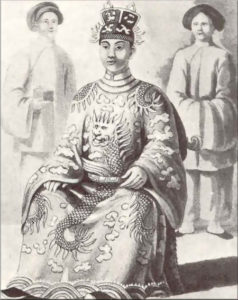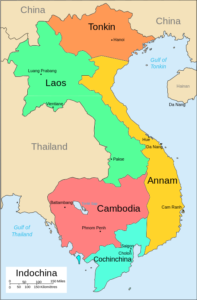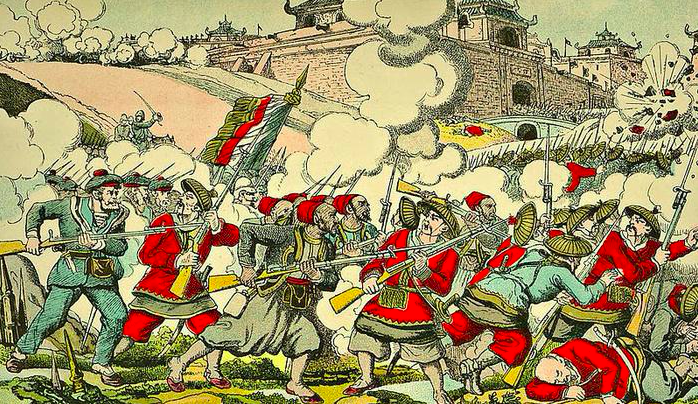As European nations experienced successful industrial growth from the 1500s to the 1800s, they developed desires to expand their global presence and grow their nation’s economy. All eyes turned to one place: the prosperous markets of Asia. They held desirable products, extraordinary wealth, and the potential for new markets (Aldrich, 1996). From then on, expansion into Asia became the main focus of many European countries.
The Portuguese acquired Macao in 1557. The Spanish acquired the Philippines in 1512 (Aldrich, 1996). And the British had acquired India and Singapore by 1819, and Hong Kong through the unequal Opium treaties (Perdue, 2011). The French, in the meanwhile, found themselves lacking a major presence in the Asian continent, so their eyes became set on one of the remaining countries of Asia: Vietnam.
The first French presence in Vietnam was not militaristic but religious. Missionaries traveled around Vietnam to spread Christianity and, in the process, were successful in obtaining trading privileges from the Vietnamese emperor in 1748. However, from the 1820s and onwards, Minh Mang, the second emperor of the Nguyen Dynasty, and subsequent emperors started persecuting Vietnamese Christians which brought about 3 decades of the imprisonment and the execution of foreign missionaries.

This rejection was due to Mang’s determination to prevent the spread of Western influence because believed it was inspiring his subjects to treason (Bain 1967). In 1857, Napoleon III decided to finally order an invasion of Vietnam through an expedition on Tourane (now present day Da Nang) except, at the time, there hadn’t appeared to be any interests besides establishing a base for trade and protecting missionaries (Bain, 1967). Nevertheless, after 26 years of campaigns and treaties, Vietnam and Cambodia would finally become a part of the French empire in 1887, and Laos would join the empire in 1893. Vietnam, however, would experience the most French involvement. At the time, Vietnam was separated into 3 regions: Tonkin (Northern Vietnam), Annam (Central Vietnam), and Cochinchina (Southern Vietnam).

Although France helped to modernize Vietnam, they did so by exploiting the Vietnamese natives in order to gain the most profit. In the next few pages, we will be examining a French postcard from the time of colonial rule to find three things:
- The French’s opinion of themselves as colonizers
- The French’s opinion on the colonized people
- The true intent of their colonization.

